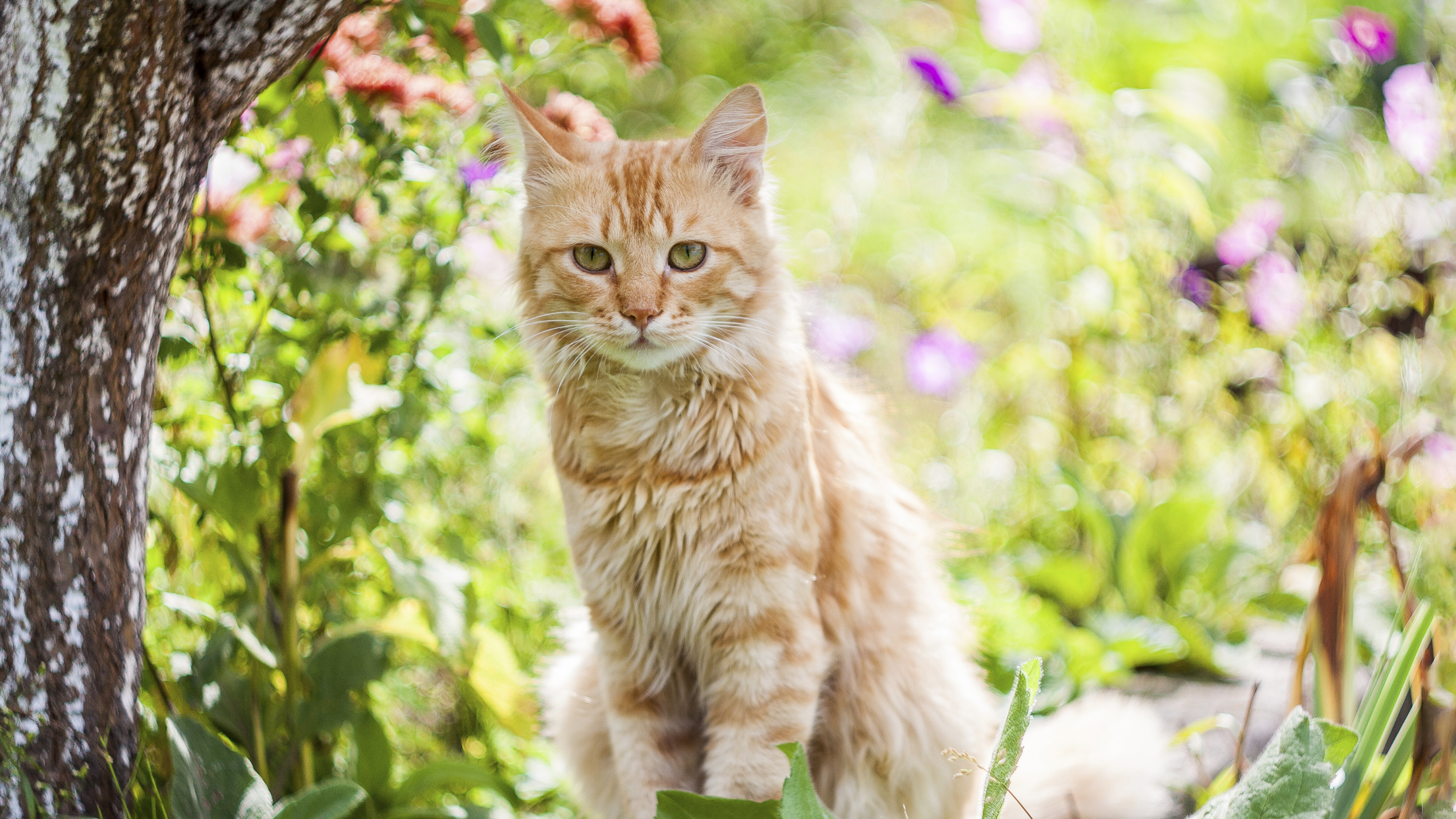
What is a fine needle aspirate?
Fine needle aspirates help vets find out what type of cells make up a lump.
Lots of pets develop lumps and bumps over the course of their life.
Just like in people, some of these are benign and some of these are nasty.
It is impossible for a vet to say 100% what type of lump your pet has without taking a sample, although there may be clues in the size, texture, appearance and other characteristics of the lump.
By finding out what type of cells make up a lump, you and your vet can decide the best course of action for your pet.
If your pet has a lump, contact your local Vets4Pets to get it checked out!
Important information
A fine needle aspirate (FNA) is a simple way to start investigating a lump. In most cases an FNA is very quick and can be done without sedation or anaesthesia.
The vet will pop a needle into the lump and wiggle it around. By doing this some cells from the lump are transferred into the needle. These cells are then squirted out onto a microscope slide to be examined.
This is slightly uncomfortable but not much more uncomfortable than a standard injection, and is usually very well tolerated.
Fine needle aspirates (FNAs) are used regularly as they are quick, safe and relatively painless.
Most pets do not have to have any sedation, so they don’t have to stay in the practice.
In fact, most FNAs are taken in the consult. This may be in the consulting room or in the prep room, depending on what will be most comfortable for your pet.
The cells may be examined in house or sent away to the laboratory for analysis.
Fine needle aspirates are the lowest cost option for examining a lump, as they do not have any associated surgery or hospitalisation costs.
Although fine needle aspirates (FNAs) are a very useful tool, they do have some downsides.
Sometimes the FNA doesn’t take any cells at all, as some lumps make it difficult or impossible to get a sample in this way.
If a sample can be collected the sample taken may not be representative of the whole lump. This is because the needle can only take a small sample of cells from the lump, and only these calls are assessed.
Some samples are also inconclusive if the cells are unclear, mixed, or not possible to interpret conclusively.
If an FNA is unsuccessful other testing methods may be suggested to further investigate the lump.
The other method to investigate a lump is with a biopsy, where a piece of the lump (or all the lump, in the case of small lumps) is removed and sent to a pathologist.
This is more expensive and invasive, but can assess a much bigger amount of tissue and has a higher chance of a conclusive result.
Your vet will advise on whether an FNA or a biopsy will be most suitable for your pet.
